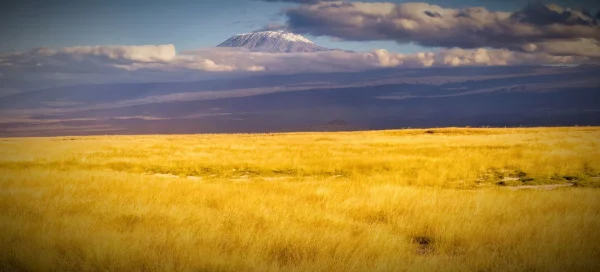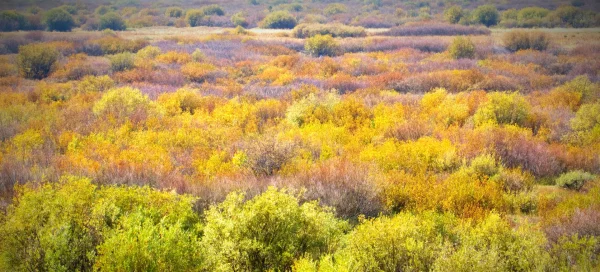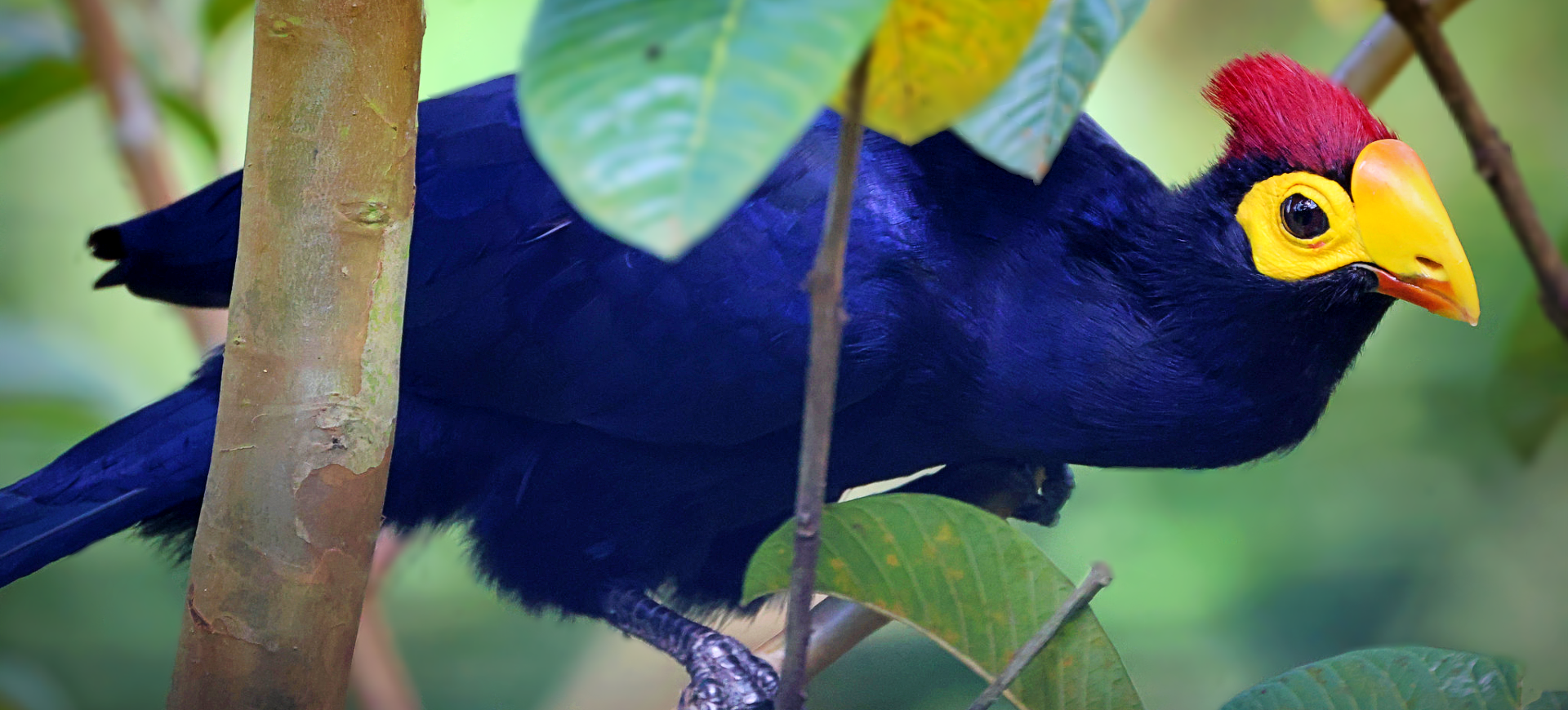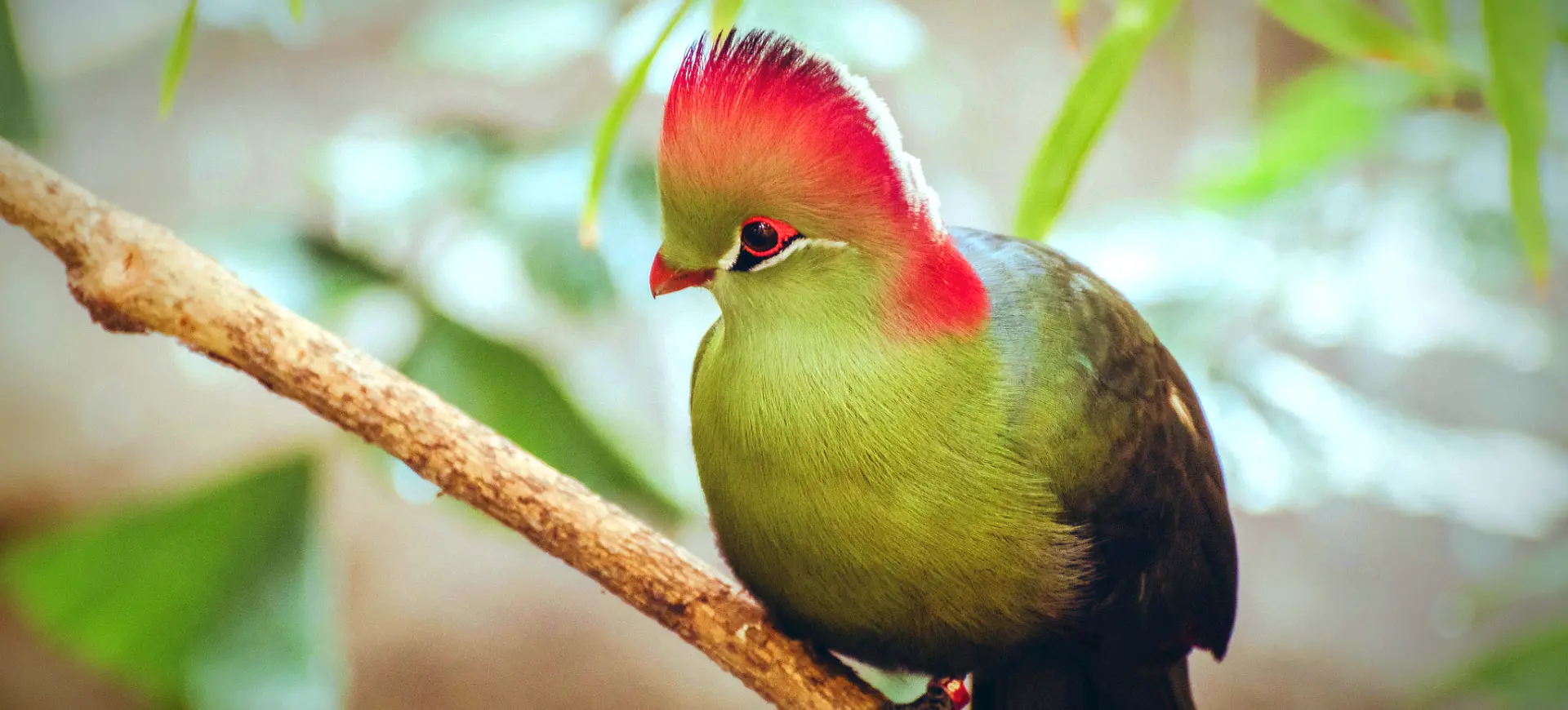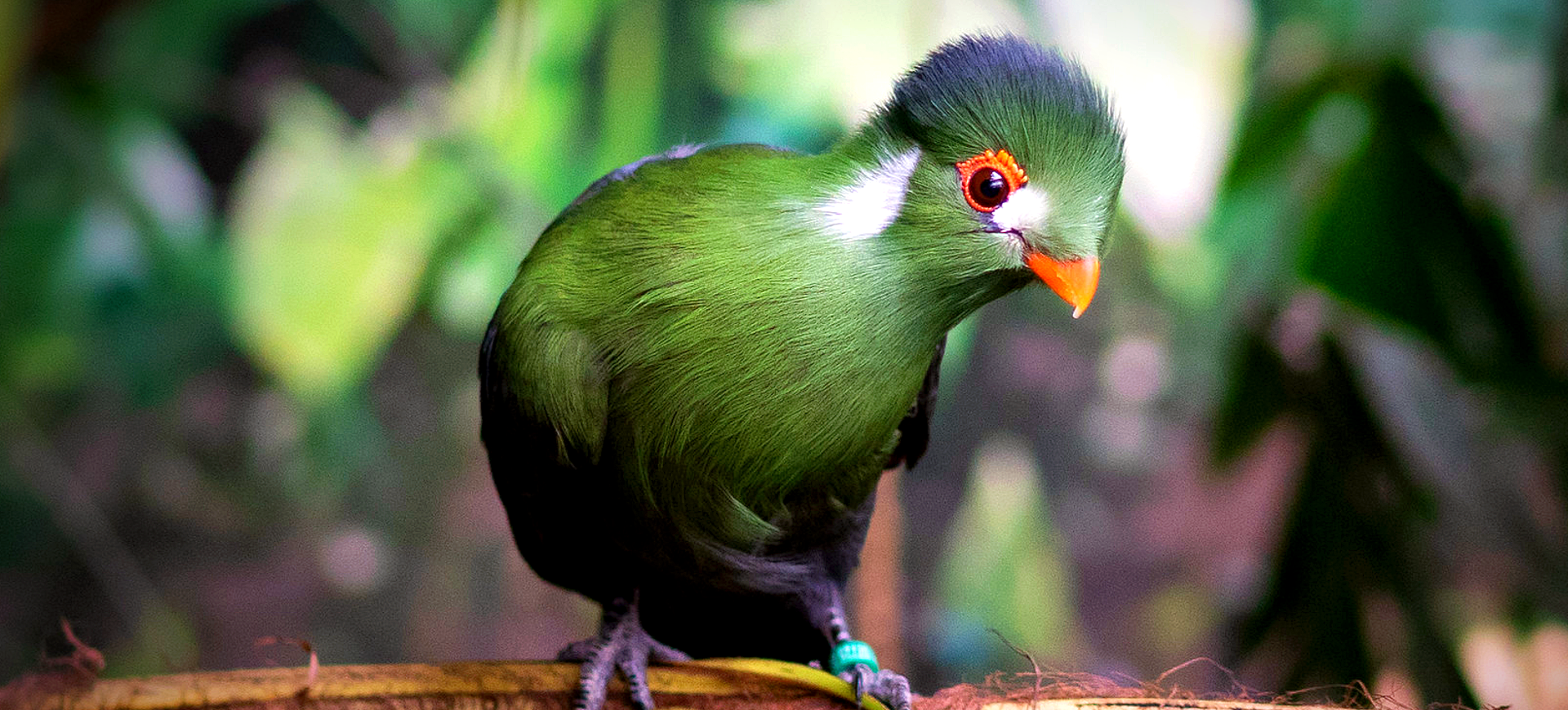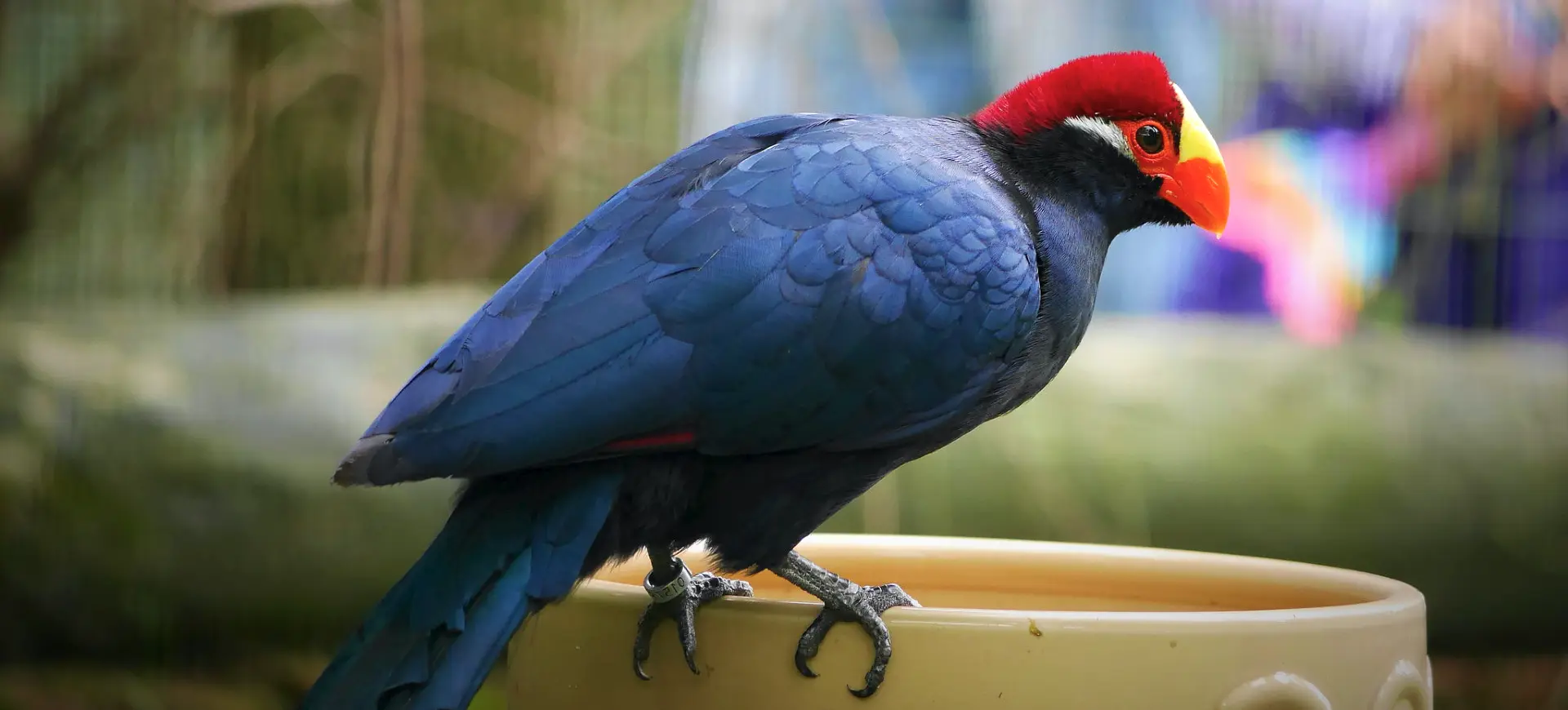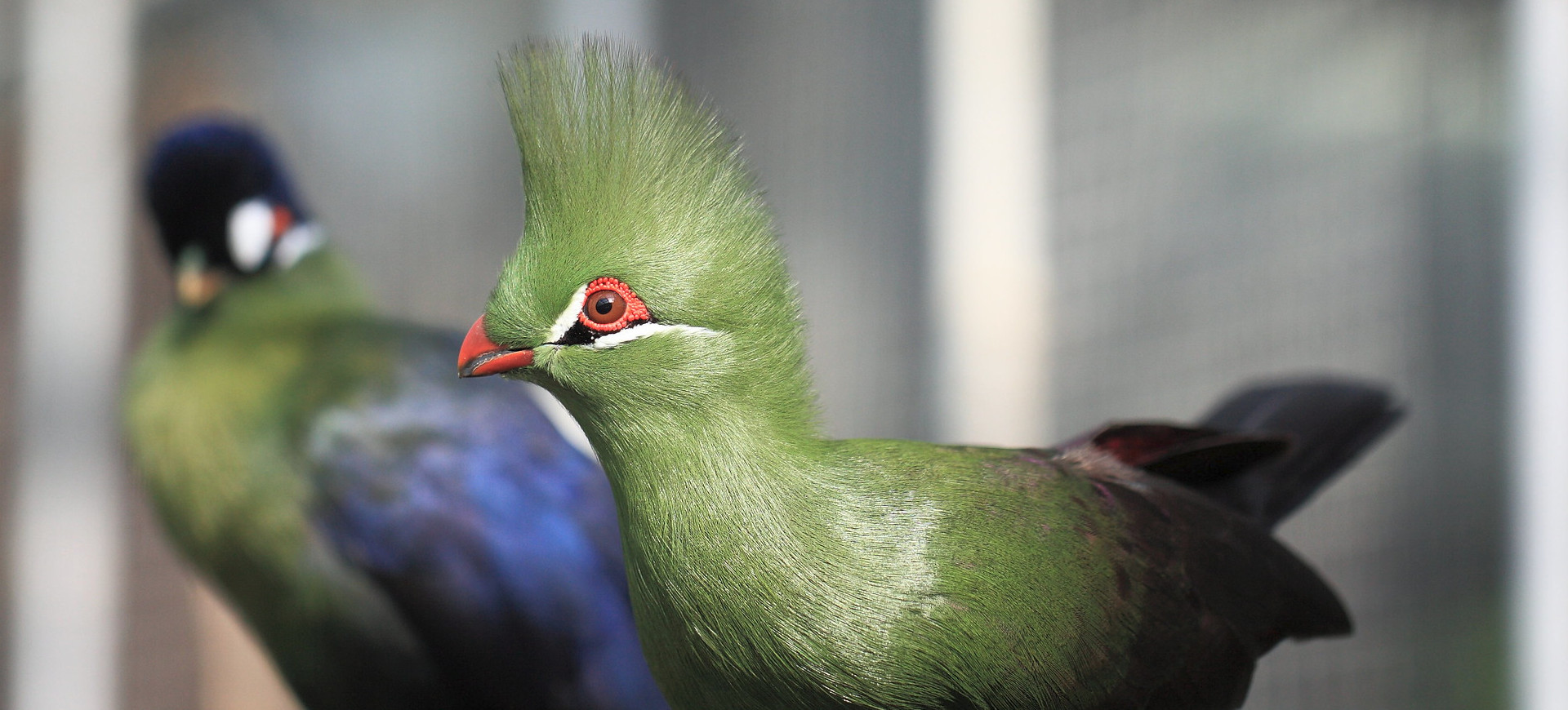Overview
The White-bellied Go-away-bird, scientifically known as Corythaixoides leucogaster, is a notable species within the turaco family, primarily found in the woodlands and savannas of Eastern Africa. Its distinctive call, which resembles the phrase “go away,” has made it a unique subject of interest among locals and ornithologists. This bird is characterized by its grey plumage, a stark white belly, and a sizeable crest on its head, which can rise or lower depending on its mood or social interactions. Despite its relatively subdued coloration compared to other turacos, it plays a crucial ecological role in its habitat.
Adapted to various woodland and savanna environments, the White-bellied Go-away-bird exhibits remarkable versatility in its feeding and nesting habits. It primarily feeds on fruits, seeds, and occasionally insects, contributing to seed dispersal across its range. The bird prefers areas with dense tree cover for nesting and roosting, which offers protection from predators and extreme weather conditions. Its presence in a region often indicates a healthy, biodiverse ecosystem, underscoring its importance in ecological studies.
In terms of behavior, the White-bellied Go-away-bird is known for its social nature, often forming small groups or pairs, especially outside the breeding season. These groups engage in communal feeding and roosting, enhancing their survival through increased vigilance and cooperative foraging. The species’ breeding season is marked by distinctive courtship displays, where males showcase their plumage and vocal abilities to attract mates. Conservation efforts are crucial for maintaining stable populations of this species, as it faces threats from habitat loss and fragmentation.
Taxonomy
Kingdom
Phylum
Class
Order
Family
Genus
Species
Type
Physical Description:
The White-bellied Go-away-bird is characterized by its distinctive grey and white plumage, which provides camouflage in its natural habitat. It has a notable crest on its head, which can be raised or lowered depending on the bird’s mood or social interactions. This species exhibits sexual dimorphism, with males typically slightly larger and more vividly colored than females. The bird’s physique is streamlined for agility, allowing it to easily maneuver through its arboreal habitat.
Adult White-bellied go-away birds are adept flyers, though they prefer short distances between trees over long flights. Their legs and feet are strong, enabling them to perch securely on branches while foraging for fruits and seeds. The beak is curved and sharp, designed for peeling fruit and cracking open seeds. Despite their somewhat plain appearance compared to other turacos, their physical adaptations perfectly suit their lifestyle and dietary needs.

Lifespan: Wild: ~15 years || Captivity: ~20 years

Weight: Male: 7-8 oz (198-227 g) || Female: 6.5-7.5 oz (184-213 g)

Length: Male: 16-18 in (40.6-45.7 cm) || Female: 15-17 in (38.1-43.2 cm)

Wingspan: Male & Female: 20-24 in (50.8-61 cm)

Top Speed: Unknown
Characteristic:
Native Habitat:
The White-bellied Go-away-bird thrives in the diverse landscapes of Eastern Africa, where its preferred habitats include the expansive woodlands, open savannas, and the dense vegetation of forest edges. These environments provide the bird with ample opportunities to forage for its diet of fruits, seeds, and occasionally insects. The species’ remarkable adaptability allows it to flourish under various climatic conditions, from the dry, arid regions to the more humid, semi-arid areas. This adaptability is crucial for its survival, enabling the bird to navigate the challenges posed by its environment, such as seasonal changes in food availability and habitat conditions.
In addition to its resilience in facing environmental variability, the White-bellied Go-away-bird’s habitat preferences reflect its need for specific ecological conditions. Areas with dense vegetation near water sources are particularly favored, as they offer nourishment and protection from predators. The bird’s presence in these habitats underscores the importance of conserving natural landscapes that provide critical resources for wildlife. As human activities continue to encroach upon these natural spaces, preserving such habitats becomes increasingly vital for conserving the White-bellied Go-away-bird and the broader biodiversity of the region.
Climate Zones:
Biomes:
Biogeographical Realms:
Continents:
Diet:
Diet & Feeding Habits:
The diet of the White-bellied Go-away-bird is predominantly frugivorous, focusing on various fruits, berries, and seeds found within its habitat. This dietary preference makes the bird an important agent for seed dispersal, contributing to the health and diversity of its ecosystem. It occasionally supplements its diet with insects, especially during the breeding season, to meet the increased nutritional demands of raising chicks. Feeding typically occurs in the canopy, where the bird can use its agility to navigate between branches in search of food.
Social feeding behaviors are common, with individuals often joining other species in mixed-species flocks to increase foraging success and reduce predation risk. The White-bellied Go-away-bird’s beak is specially adapted to its diet, easily peeling fruit skins and crushing seeds. During the breeding season, the increased intake of insects provides essential proteins for the developing chicks, showcasing the bird’s adaptability in its feeding habits to ensure reproductive success.
Mating Behavior:
Mating Description:
The mating rituals of the White-bellied Go-away-bird are characterized by deep-seated monogamy, with pairs forming lasting bonds crucial for their reproductive success. The male’s elaborate displays, which include a range of vocalizations and physical demonstrations, serve not only to attract a mate but also to strengthen the pair’s bond. These displays and carefully selected nesting sites underscore the species’ complex social and reproductive behaviors. Investing in these rituals is significant, reflecting the importance of securing a mate and raising offspring in the wild.
Once a pair is formed, the cooperative nature of their relationship becomes evident in the shared parenting responsibilities. The female takes the primary role in incubating the eggs, while the male provides vital support, bringing food and guarding the nest against potential threats. This collaborative approach to rearing young ensures a higher survival rate for the offspring, highlighting the evolutionary advantage of monogamy in this species. The White-bellied Go-away-bird’s mating and parenting strategies offer fascinating insights into the adaptive behaviors that contribute to the survival and continuity of the species.
Reproduction Season:
Birth Type:
Pregnancy Duration:
Female Name:
Male Name:
Baby Name:
Social Structure Description:
The social structure of the White-bellied Go-away-bird is intricate, characterized by its formation of small groups or pairs, especially outside the breeding season. These groups enhance the bird’s ability to forage efficiently and evade predators, showcasing the advantages of social living. Within these groups, a hierarchy often emerges, dictating access to prime feeding and nesting sites. While fluid, this social hierarchy helps maintain order and ensures that resources are distributed among group members, contributing to the overall health of the population.
Communication is a key aspect of the White-bellied Go-away-bird’s social structure, with vocalizations and body language as the primary means of interaction. These birds use a variety of calls to convey messages, from signaling danger to strengthening social bonds within the group. Body language, such as the positioning of feathers or the crest display, also plays a significant role in social interactions, helping to express mood or intent. The complexity of these communication methods underscores the bird’s social intelligence, enabling it to navigate the challenges of group living and maintain cohesive social units.
Groups:
Conservation Status:
Population Trend:
The White-bellied Go-away-bird’s population stability is a testament to its remarkable adaptability and the effectiveness of current conservation practices. Across its range in Eastern Africa, this species benefits from a network of protected areas that safeguard its natural habitats from the encroachment of human development. These conservation measures and legal protections against poaching have been instrumental in maintaining robust population levels despite environmental pressures. Nonetheless, the bird faces localized threats that could undermine these gains, including habitat destruction and illegal hunting, which remain persistent challenges.
Efforts to monitor and support the White-bellied Go-away-bird population must continue, as these challenges do not decrease independently. Education and community involvement play crucial roles in fostering a culture of conservation, ensuring that both local populations and the broader public know the importance of protecting this unique species. Habitat protection and anti-poaching laws need ongoing reinforcement and adaptation to change circumstances to secure the bird’s future. As such, the long-term survival of the White-bellied Go-away-bird hinges on sustained and proactive conservation strategies that address current and emerging threats.
Population Threats:
Habitat loss remains the foremost threat to the White-bellied Go-away-bird, driven by agricultural expansion, deforestation, and urban development across Eastern Africa. These activities diminish the bird’s living space and deplete its food sources and nesting sites, directly impacting its ability to thrive. The effects of climate change compound these challenges, introducing additional stressors such as altered rainfall patterns and temperature shifts that can change the landscape of the bird’s habitat. Such environmental changes threaten to disrupt the delicate balance of the ecosystems that the White-bellied Go-away-bird depends on for survival.
In response to these threats, conservation strategies must be dynamic and forward-thinking, prioritizing habitat preservation and the sustainable management of natural resources. Efforts to combat climate change locally and globally are also critical in mitigating its impact on wildlife habitats. Education and awareness campaigns can help reduce human activities contributing to habitat loss and climate change, promoting a more harmonious relationship between humans and the natural world. Protecting the White-bellied Go-away-bird’s habitat from degradation is essential for the bird’s survival and for preserving Eastern African biodiversity.
Conservation Efforts:
Conservation efforts for the White-bellied Go-away-bird are multifaceted, involving habitat protection, legal frameworks, and the engagement of local communities. Protected areas serve as sanctuaries for the species, offering refuge from the direct impacts of human activity and providing critical resources for survival. Legal regulations help enforce protections against poaching and habitat destruction, creating a safer environment for birds and other wildlife. Additionally, research and monitoring programs are vital for gathering data on the species’ population dynamics, health, and habitat use and informing conservation strategies and actions.
International cooperation and community involvement are cornerstone elements of successful conservation efforts. By working together, countries, conservation organizations, and local communities can address the challenges facing the White-bellied Go-away-bird more effectively. Engaging local populations in conservation activities fosters a sense of stewardship and provides economic benefits through ecotourism and sustainable resource use. Ultimately, the goal is to achieve a sustainable coexistence between humans and wildlife, ensuring the preservation of the White-bellied go-away bird for future generations.
Additional Resources:
Fun Facts
- The White-bellied Go-away-bird’s distinctive call has contributed to its unique name, reflecting its vocal communication skills.
- Its diet is crucial to the ecosystem, aiding seed dispersal and plant diversity.
- The species exhibits remarkable adaptability, thriving in various habitats across Eastern Africa.
- Conservation efforts have been key to maintaining stable population levels, highlighting the importance of habitat protection.
- The bird’s social structure and mating behaviors provide insight into its complex ecological and social dynamics.
- Its presence in ecotourism promotes conservation awareness and supports local economies.
- The White-bellied Go-away-bird’s physical adaptations, including its beak and wings, are finely tuned to its lifestyle.
- Research on the species contributes to our understanding of avian ecology and conservation needs.
- Its ability to adapt to changing environments is a testament to the resilience of wildlife.
- The bird is an ambassador for conserving its habitat and encouraging environmental stewardship.


